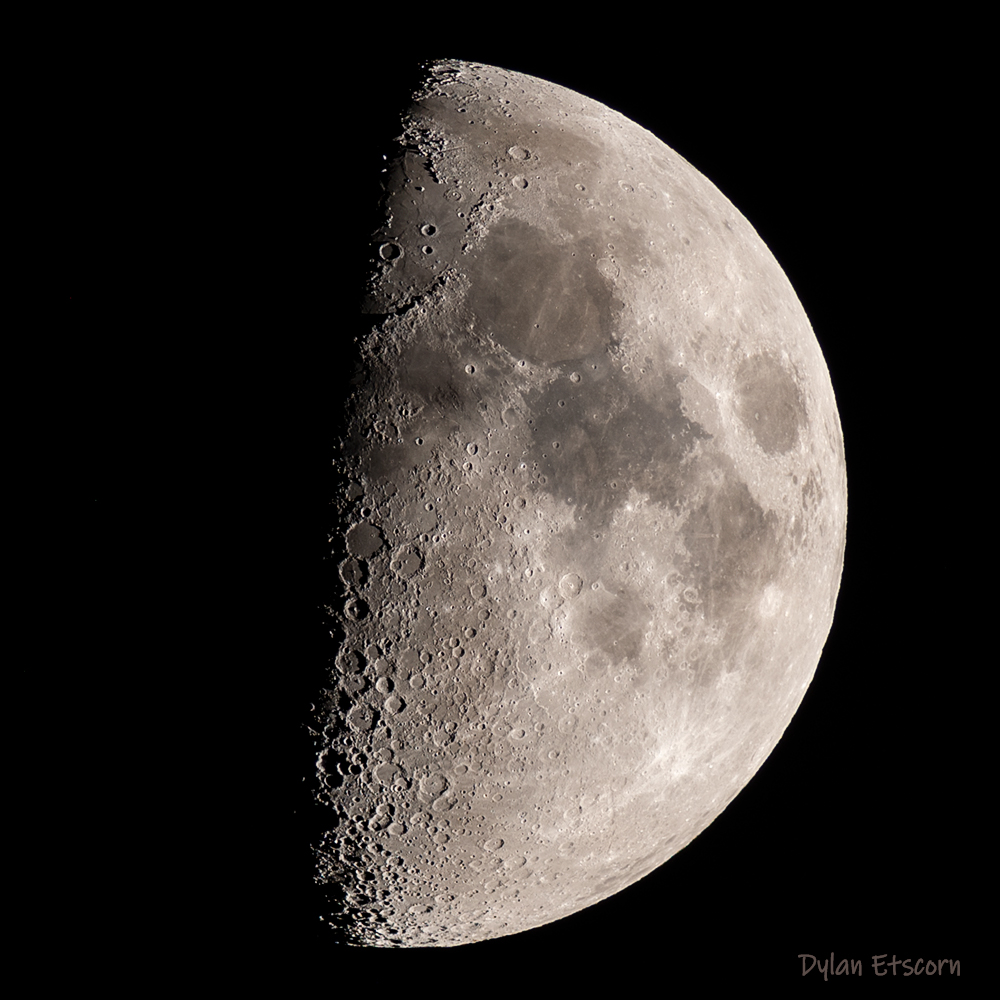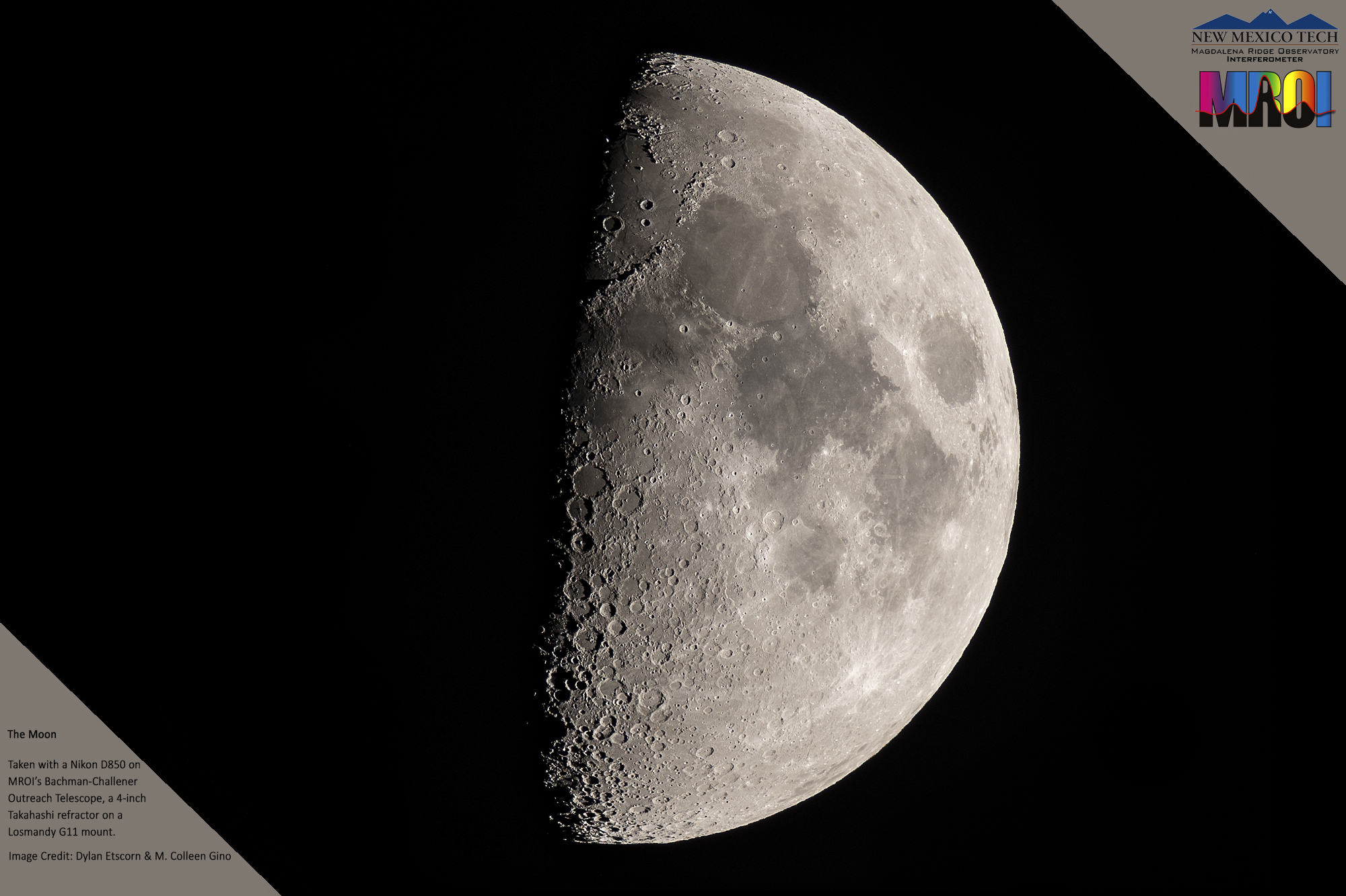This past Sunday morning I was listening to The Acoustic Storm, a nationally syndicated radio show that airs on a local station in Albuquerque, NM (shoutout to Coyote 102.5, rock on!). They were playing a set of Moon-themed songs in honor of the 51st anniversary of the Apollo 11 Moon landing on July 20, 1969. I was treated to hearing REM’s “Man on the Moon”, the Doors’ “Moonlight Drive”, “Moonshadow” by Cat Stevens, and “Harvest Moon” by Neil Young. That set list got me thinking of other songs featuring our Moon; as a musician I’ve sung and played many, from Credence’s Bad Moon Rising to Frank Sinatra’s Fly Me to The Moon, and more. I did a Google search a while back and came up with 44 songs with Moon in the title; I’m sure there are more. Expand the search to Moon in the lyrics, and the list grows. Throughout time songwriters have had a fascination with the Moon!
You don’t need to be a songwriter to be fascinated with the Moon. In fact, the next few days will be a good time to observe the Moon for yourself. Tonight at 68% illuminated it is in its waxing gibbous phase. When the Moon appears more than half illuminated it is referred to as being gibbous, and waxing means it’s becoming more illuminated and heading toward being a full Moon, which will occur next Monday, August 3rd. After the full phase, the Moon will appear to us to become less illuminated over time and will be in its waning gibbous phase until it reaches the second quarter phase when it is 50% illuminated, on August 11. As its apparent laminated portion becomes smaller, it is in its waning crescent phase on its way to being a new Moon, when we see no portion of it illuminated, occurring on August 18th.
In reality the Moon is indeed illuminated even when new, we just don’t see the illuminated portion because the Moon is positioned between the Earth and the Sun. One half of the Moon is always illuminated by the Sun, although we can’t see that from our vantage point on Earth. The continual change of the percent of illumination or lunar phases that we see from Earth occur because the Moon is in orbit around the Earth, completing its orbit and therefore its full cycle of phases every 28 days.
We’ll delve deeper into the lunar phases at another time, but now let’s get back to observing the Moon. Despite what many may think, the full phase is not the best time to observe the Moon. While it is big, bright, and beautiful in its full phase, it’s so bright that the lunar features such as craters, mountains, and valleys appear washed out. To best see the texture of these lunar features we need a combination of light and shadow, which is exactly what we see at the lunar terminator, the division between the illuminated and non-illuminated portion of the Moon. We can see a lot of detail at the terminator when the Moon is between, say, 15% and 85% illuminated. (Is it just me who hears the word “terminator” echoing inside my head spoken with a heavy Austrian accent?)

Last night when the image above was taken, the Moon was 56% illuminated (thank you, MROI staff member Dylan Etscorn for sharing your image!). As I mentioned earlier, tonight it will be 68% illuminated, and tomorrow night 78% illuminated. Break out your binoculars or telescope and explore the terminator, you will be amazed at the surface detail you see! No telescope or binoculars? Check it out anyway, our lovely Luna is always a beautiful sight to behold!
Next time we will continue our discussion of the Moon; we’ll look at some interesting features along the current terminator and pinpoint the location of the Apollo Mission landing sites. I’ll also talk about my favorite phone app that gives information on lunar phases and Moon rise and set times, as well as solar information. Meanwhile, I would love to hear what your favorite Moon themed song is, please tell me in the comments!
M. Colleen Gino, MRO Assistant Director of Outreach and Communications
